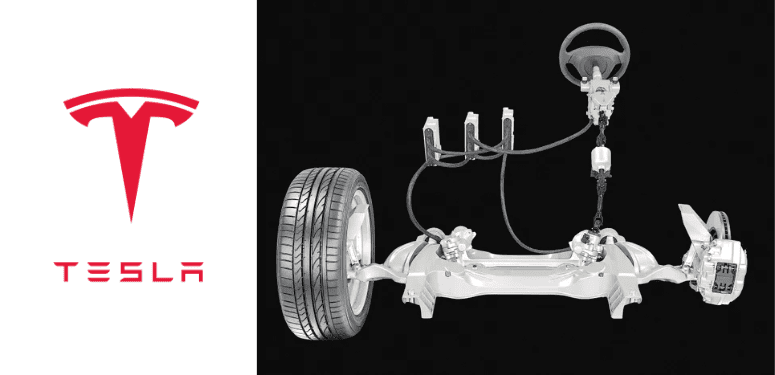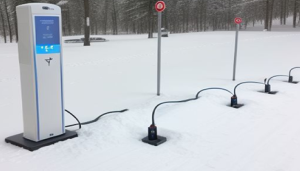Toronto, Ontario — In this weekly electric and autonomous vehicle report, Tesla’s Cybertruck receives a temporary exemption from Transport Canada for its steer-by-wire driving system; while General Motors’ Cruise announces that it will be putting the production of a self-driving vehicle without a steering wheel on hold.
Wired workarounds
Tesla has announced that its electric Cybertruck is one step closer to being able to officially launch in Canada after receiving an exemption from Transport Canada to allow for the truck’s steer-by-wire system.
The automaker has reportedly been working with Transport Canada to work through the requirements needed to bring the electric truck across the border.
Transport Canada has specifically issued a temporary exemption to allow the Cybertruck’s steer-by-wire technology on Canadian roads. This exemption is good for five years and will expire on July 18, 2029.
Transport Canada’s official report specifically notes that “the Cybertruck model, manufactured or imported by Tesla, is exempt from section 7.9.4 of Technical Standards Document No. 126, Electronic Stability Control Systems for Light Vehicles, incorporated by reference in subsection 126(1) of Schedule IV of the Motor Vehicle Safety Regulations subject to the following conditions:”
- Tesla shall provide a semi-annual incident report. The report must be in writing in either paper or electronic form and in the company’s official language of choice.
- Reporting will begin on January 18, 2025.
- A description of the nature of all steering system malfunctions and/or failures, both hardware and software, including the causes, where the customer engaged with a service centre must be included.
- A description of the corrective measures taken in respect of the steering system malfunctions and/or failures reported above, both hardware and software and how they were implemented, must be included.
- A list of all customer complaints or comments concerning the steering system’s angle or any impact on the performance of the electronic stability control (ESC) system must be included.
Despite these motions, the Cybertruck is not officially approved for sale in Canada and the timeline for when Canadians will be able to configure their orders is still unclear. However, Tesla has commented on social media platform X, that it is aiming to release the Cybertruck in Canada this year.
Steering stalls
General Motors’ Cruise self-driving unit has announced that it will be focusing its development efforts on a next-generation Chevrolet Bolt rather than its planned Origin self-driving vehicle without a steering wheel or any other human controls.
According to Autoblog, GM filed a petition with the National Highway Traffic Safety Administration (NHTSA) in 2022 seeking permission to deploy up to 2,500 self-driving Origin vehicles annually without human controls like brake pedals or mirrors. The agency, however, has still not acted on the request.
Last Tuesday, a GM spokesperson commented that “GM and Cruise are optimizing resources to focus on the development of our next autonomous vehicle on the next generation Bolt instead of the Origin.”
“This shift creates a more cost-effective and scalable option for pursuing an autonomous future faster while avoiding the uncertain path to regulatory compliance in the U.S. that could impede scaling of the Origin,” the company concluded.
The post EV/AV Report: Cybertruck’s steer-by-wire system exempt by Transport Canada; Cruise puts production of self-driving vehicle without steering wheel on hold appeared first on Collision Repair Magazine.



























